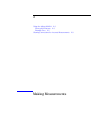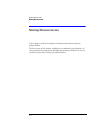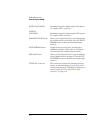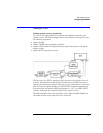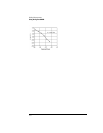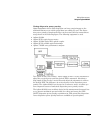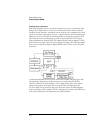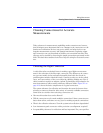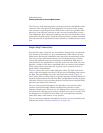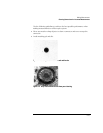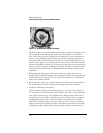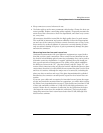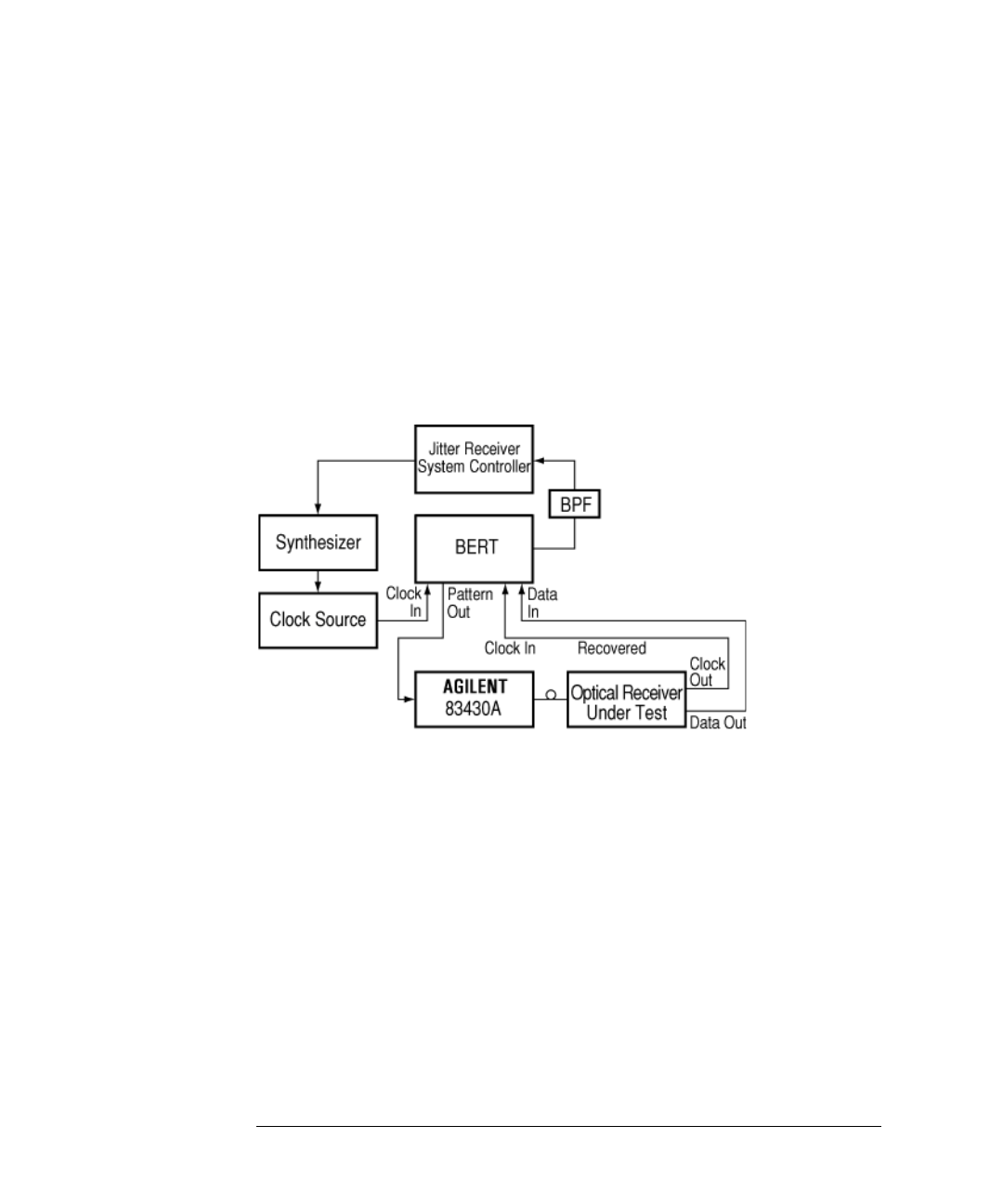
2-8
Making Measurements
Using the Agilent 83430A
Testing jitter tolerance
High-speed digital receivers are often required to receive or regenerate data
using a clock signal that is recovered or extracted from the data waveform.
Variation in the data rate, commonly known as jitter, can complicate the clock
recovery and data regeneration process. A jitter tolerance test determines the
ability of a receiver to maintain communication in the presence of jitter. The
jitter tolerance test determines the actual levels at which the DUT can no
longer maintain the desired BER. The Agilent 83430A and an Agilent 71501C
jitter tolerance system can be used to test jitter tolerance. The following figure
shows a test setup for using the Agilent 83430A and 71501C to test for jitter
tolerance.
A BER measurement of the receiver under test is made with jitter-free data.
Attenuate the signal power until errors occur or until a specific BER is
achieved. Reduce the attenuation by 1 dB. Apply jitter to the clock signal
going to the pattern generator. The recovered clock and data from the
receiver under test is routed to the error detector where the BER measure-
ment is performed. The Agilent 71501C compares the results of the BER test
to the user-defined level to determine the pass/fail status.




